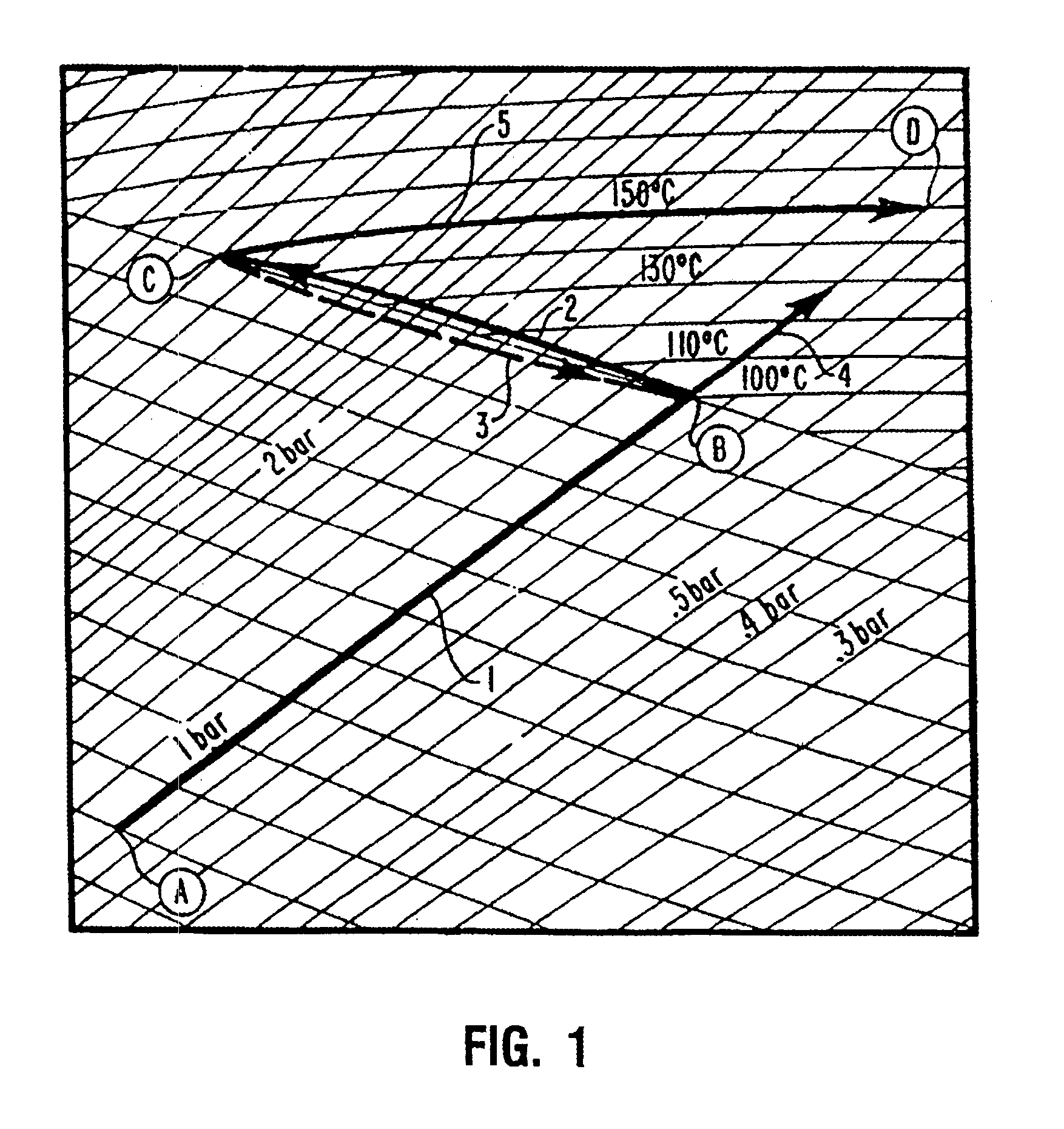Compositions for manufacturing fiber-reinforced, starch-bound articles having a foamed cellular matrix
a technology of foamed cellular matrix and fiber reinforcement, which is applied in the direction of rigid pipes, rigid containers, packaged goods types, etc., can solve the problems of brittleness and fragile of foamed starch-based articles, even those that include quantities of shorter-length fibers, and the inability to simply be demolded without such overdrying, and the convenient starch-based cellular matrix alone is simply not strong enough to withstand internal buildup
- Summary
- Abstract
- Description
- Claims
- Application Information
AI Technical Summary
Benefits of technology
Problems solved by technology
Method used
Image
Examples
examples 1-13
[0352]Drinking cups were formed from moldable mixtures containing different types of inorganic aggregates to determine the effects of the different aggregates. Each of the moldable mixtures had the following basic mix design measured by weight:
[0353]
39.8%Stalok 400 (modified potato starch)9.95%inorganic aggregate49.75%water0.5%magnesium stearate
[0354]Each moldable mixture was prepared in a small Hobart mixer. First, the dry ingredients (including the inorganic aggregate, starch, and magnesium stearate) were completely mixed. Then the water was added slowly while the dry materials were being mixed until a homogeneous mixture was obtained. The mixtures were extracted from the Hobart mixing bowl using a syringe. The weight of the moldable material used to manufacture a cup for each mixture was determined by first weighing the syringe containing the moldable mixture, expelling the contents of the syringe into the molding apparatus, and then weighing the syringe.
[0355]The molding system ...
example 14-18
[0366]Cups were made using collamyl starch with different concentrations of calcium carbonate to determine the effect of using collamyl starch. The same procedures and apparatus set forth in Examples 1-13 were used to make and test the cups of Examples 14-18. A base mixture was first prepared by combining the following components by weight:
[0367]
49.75%collamyl starch andRO40 calcium carbonate49.75%water0.5%magnesium stearate.
[0368]The calcium carbonate was added to the mixture in amounts of 20, 40, 50, and 60% by total weight of the calcium carbonate and starch-based binder. Summarized below are the properties of the articles made using different percentages of calcium carbonate.
[0369]
CalciumDis-CarbonateThermalplace-Ex-AggregateDen-Conduct.Energyment toPeakStiff-am-(weightsity(W / m ·to Fail.Failureloadnessple%)(g / cc)K.)(mJ)(%)(N)(N / m)14 00.170.04363.54.51.915200.170.04374.34.51.716400.240.04673.55.22.217500.270.04573.25.82.518600.320.05372.66.53.5
[0370]The increase in density was ne...
examples 19-26
[0372]Cups were made using different types of admixtures to determine their effects, if any, on the properties of the mixtures. The same procedures and apparatus set forth in Examples 1-13 were used to make and test the cups of the present examples. A base mixture was first prepared by combining the following components by weight:
[0373]
39.8%Stalok 400 (modified potato starch)9.95%RO40 calcium carbonate49.5%water0.5%magnesium stearate.
[0374]Admixtures, include Methocel® 240, Tylose® 15002 and polyvinyl alcohol (PVA), were then combined to the mixture by weight percentage of the total solids in the mixture. Summarized below is a list of the moldable mixtures and the properties resulting from their use.
[0375]
Dis-Ad-Thermalplace-Ex-mixturesDen-Conduct.Energyment toPeakStiff-am-(weightsity(W / m ·to Fail.Failureloadnessple%)(g / cc)K.)(mJ)(%)(N)(N / m)19None0.260.04542.24.52.8PVA201.90.260.04663.15.52.7212.90.270.04852.65.53.3223.40.260.04442.85.02.8Methocel ® 240230.50.190.04563.45.52.3241.00...
PUM
| Property | Measurement | Unit |
|---|---|---|
| Temperature | aaaaa | aaaaa |
| Length | aaaaa | aaaaa |
| Length | aaaaa | aaaaa |
Abstract
Description
Claims
Application Information
 Login to View More
Login to View More - R&D
- Intellectual Property
- Life Sciences
- Materials
- Tech Scout
- Unparalleled Data Quality
- Higher Quality Content
- 60% Fewer Hallucinations
Browse by: Latest US Patents, China's latest patents, Technical Efficacy Thesaurus, Application Domain, Technology Topic, Popular Technical Reports.
© 2025 PatSnap. All rights reserved.Legal|Privacy policy|Modern Slavery Act Transparency Statement|Sitemap|About US| Contact US: help@patsnap.com



